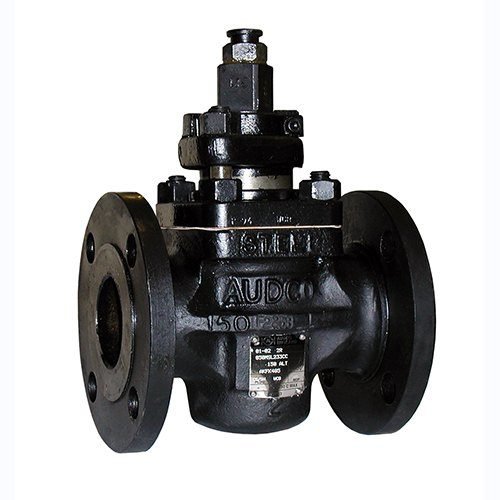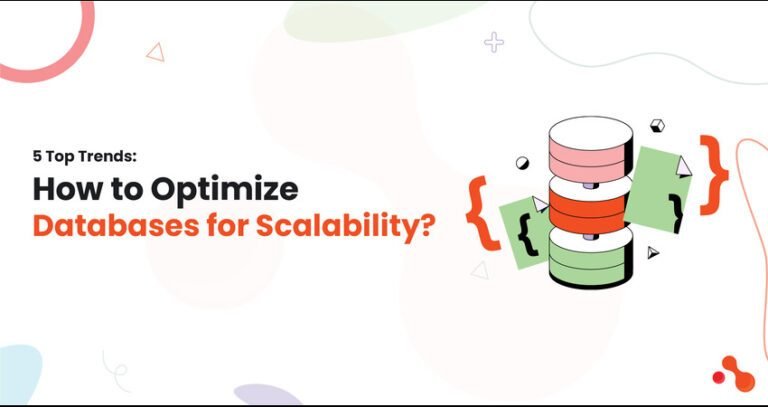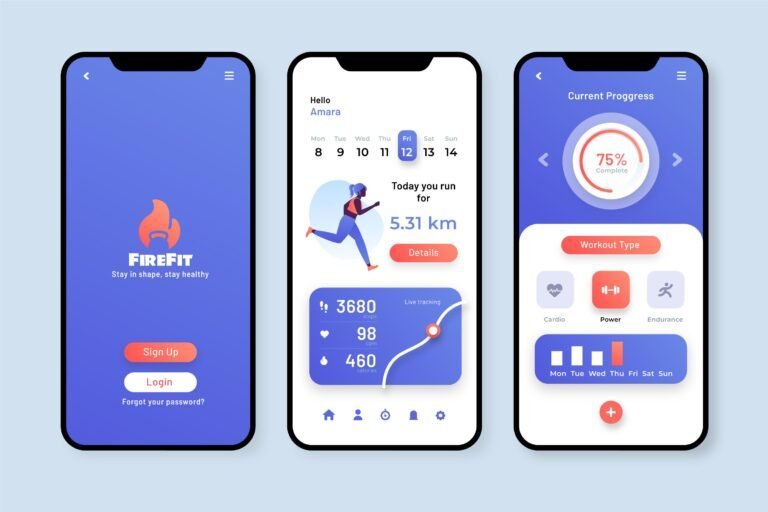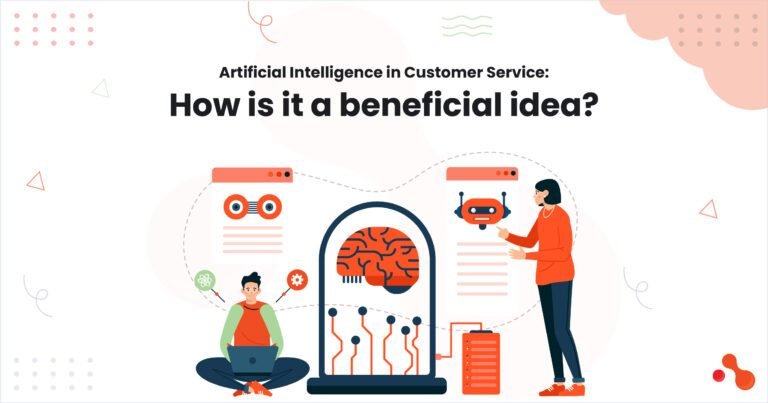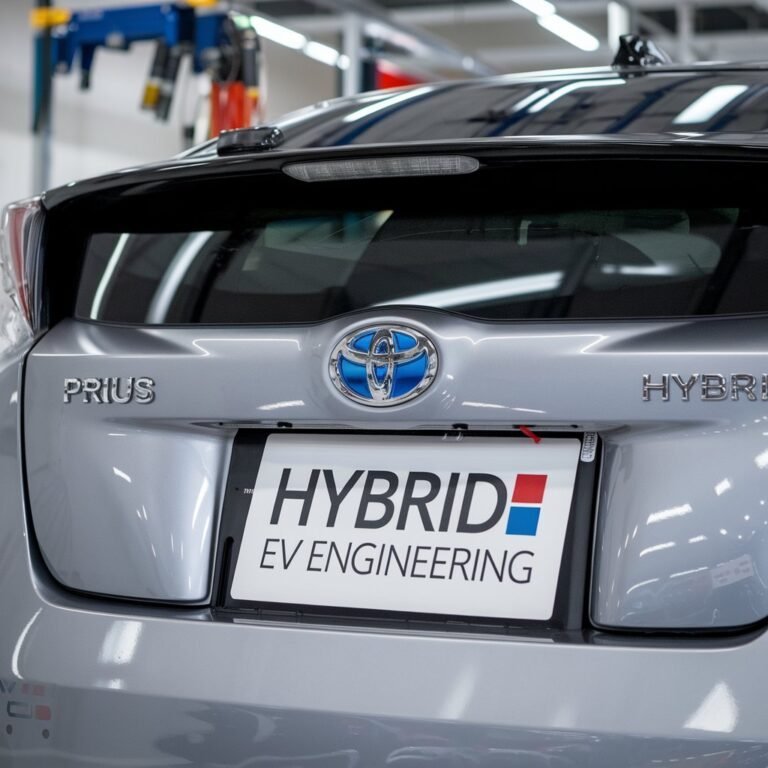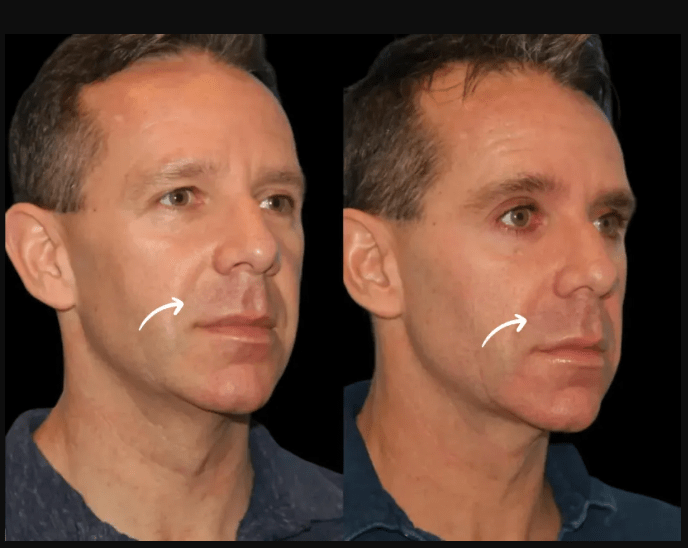Redesigning a website can breathe new life into your online presence, making it more visually appealing, mobile-friendly, and functional. However, if you don’t consider SEO from day one, your fresh design could come at the cost of lost rankings, reduced organic traffic, and a dip in conversions.
To ensure your website looks great and performs well in Google ranking, you need a tailored SEO growth plan integrated from day one. By combining website redesign packages with effective SEO strategies, small businesses can retain their online presence, improve traffic, and increase conversions.
The Risks of a Website Redesign Without SEO
A poorly planned redesign can harm your Google ranking and overall website performance. Here’s what can go wrong if SEO isn’t incorporated from the beginning:
- Loss of Rankings – Changing URLs, deleting pages, or modifying content without proper redirects can cause a drop in rankings.
- Traffic Decline – If search engines can’t crawl and index your redesigned site properly, you may see a significant traffic drop.
- User Experience Issues – SEO isn’t just about rankings; it’s also about usability. A redesign should enhance navigation, page speed, and accessibility.
- Conversion Rate Drops – Even with an attractive design, a lack of SEO optimization can reduce conversions and sales.
- Broken Internal Links – A redesign often involves restructuring pages, which can lead to broken links and poor site navigation.
- Poor Mobile Optimization – If your redesign doesn’t focus on mobile-first indexing, you may lose a large segment of mobile users.
- Slow Page Load Speed – Many redesigns involve new images, animations, and features that can slow down your site if not optimized properly.
- Loss of Valuable Backlinks – Without proper redirects, valuable backlinks from external sites might point to non-existent pages, leading to lost link equity.
Key SEO Strategies for a Successful Website Redesign
To avoid these pitfalls, here’s how to incorporate SEO into your redesign:
1. Conduct an SEO Audit Before Redesign
Before making any changes, analyze your current site’s performance. Identify high-ranking pages, organic traffic sources, and technical SEO issues that need to be addressed. This will help you retain and improve your existing strengths.
2. Plan URL Structure and Redirects
If you’re changing URLs, ensure that 301 redirects are set up correctly to prevent broken links and maintain Google ranking. A structured, well-organized URL strategy improves both user experience and search engine indexing.
3. Optimize Page Speed and Mobile Responsiveness
Google prioritizes mobile-friendly and fast-loading websites. Your website packages should include performance optimization to ensure that your redesigned site meets Core Web Vitals standards. Some ways to improve speed include:
- Compressing images.
- Minifying CSS and JavaScript.
- Using a content delivery network (CDN).
- Reducing server response time.
- Eliminating render-blocking resources.
- Optimizing server configurations and database queries.
4. Content and On-Page SEO Optimization
A redesign is an excellent opportunity to improve on-page SEO. This includes:
- Optimizing headings, meta descriptions, and alt text.
- Ensuring content is keyword-rich but not stuffed.
- Improving readability and formatting for user engagement.
- Including internal links for better navigation.
- Using structured data for better search engine understanding.
- Updating outdated content to maintain relevance.
5. Technical SEO Considerations
Your website design package should also focus on technical SEO aspects such as:
- XML sitemaps and proper indexing.
- Secure HTTPS implementation.
- Schema markup for better search engine understanding.
- Implementing lazy loading for improved performance.
- Fixing crawl errors and ensuring search engine bots can access important pages.
- Optimizing robots.txt and canonical tags to avoid duplicate content issues.
6. Maintain a Mobile-First Approach
With Google’s mobile-first indexing, your redesign must prioritize mobile-friendliness. This includes:
- Responsive design that adapts to different screen sizes.
- Mobile-friendly navigation with clear call-to-action buttons.
- Optimized font sizes for readability on small screens.
- Clickable elements that are easy to interact with on mobile devices.
7. Test and Monitor Before and After Launch
Testing your site before launch can save you from post-launch SEO disasters. Perform:
- Crawl Tests – Use tools like Screaming Frog or Google Search Console to check for errors.
- Speed Tests – Use PageSpeed Insights or GTmetrix to assess page speed.
- Mobile Testing – Check how your site performs on different devices.
- Broken Link Checks – Ensure all internal and external links function correctly.
- Redirect Strategy to Preserve Rankings
One of the biggest SEO mistakes during a redesign is neglecting 301 redirects. If URLs change and aren’t redirected properly, you lose valuable backlinks and search rankings. Investing in affordable SEO packages ensures a smooth transition without losing SEO equity.
Choosing the Right Website Redesign Package
Not all website design packages include SEO as a core element, so choose carefully. Look for services that offer:
- SEO migration support.
- Performance monitoring post-launch.
- Ongoing optimization strategies.
- Keyword research and content optimization.
- UX/UI improvements that align with SEO goals.
For a redesign that balances both aesthetics and performance, consider working with experts who understand the synergy between SEO and web design.
Measuring SEO Success Post-Redesign
Once your redesigned website goes live, it’s essential to monitor its performance. Key performance indicators (KPIs) include:
- Organic Traffic Growth – Are you gaining more visitors from search engines?
- Keyword Rankings – Have your pages improved in Google’s search results?
- Bounce Rate – Are users engaging with your site, or are they leaving too quickly?
- Conversion Rates – Is the new design leading to more leads or sales?
- Page Load Speed – Has your redesign improved site performance?
- Backlink Retention – Are your existing backlinks still pointing to valuable pages?
- User Engagement – Are visitors spending more time on your site?
Conclusion
A website redesign should be more than just a cosmetic update—it should be a strategic move that enhances your SEO ranking, user experience, and conversion rates. By incorporating SEO from the start, your redesign can lead to long-term business growth instead of a temporary setback.
If you’re looking for an effective SEO strategy and a professional website redesign package, check out our services here.





























